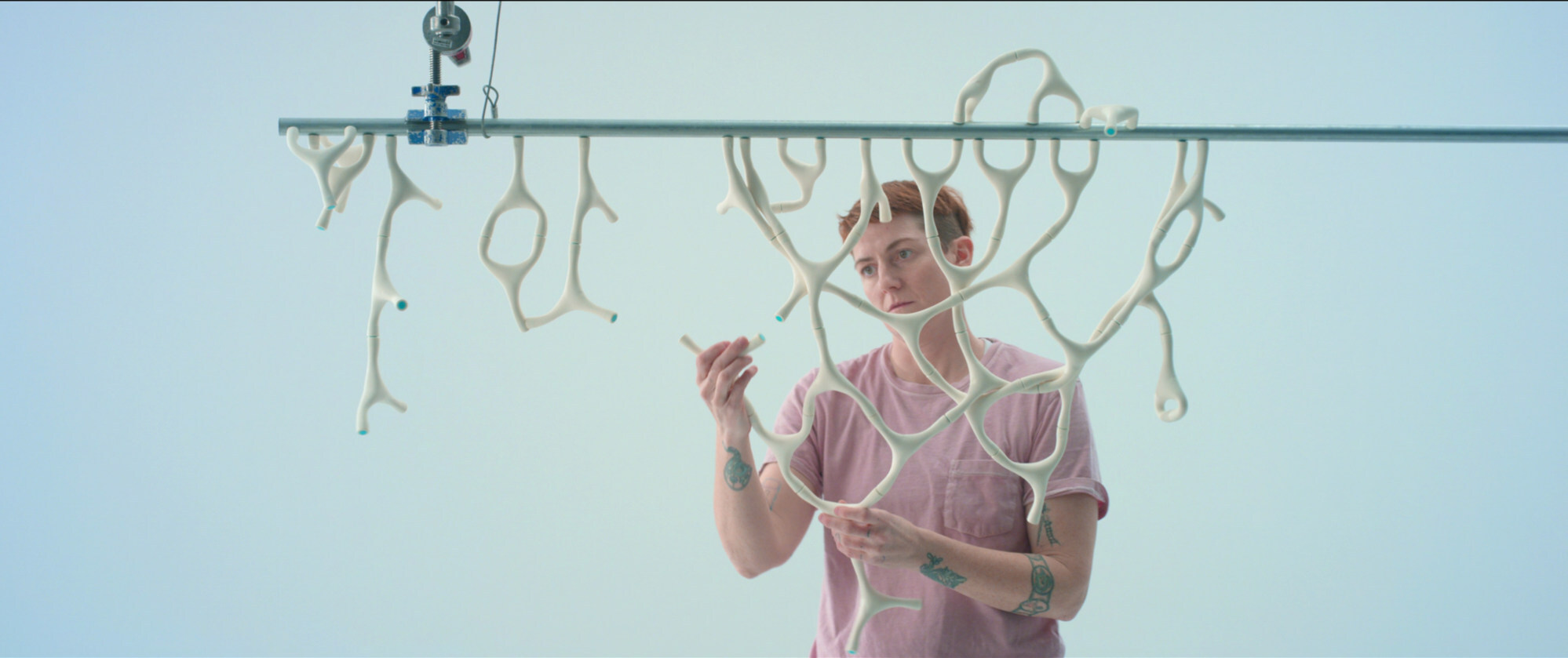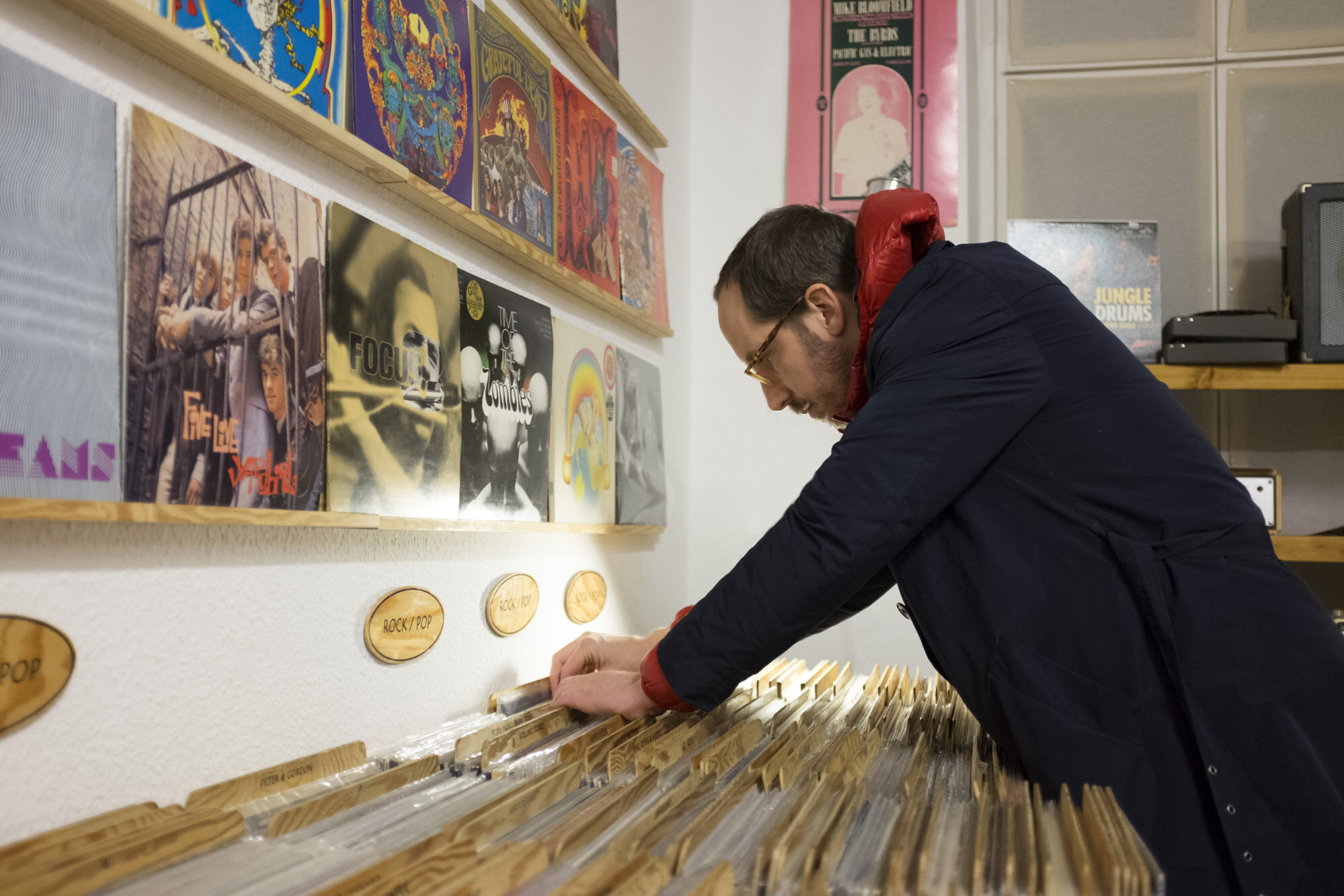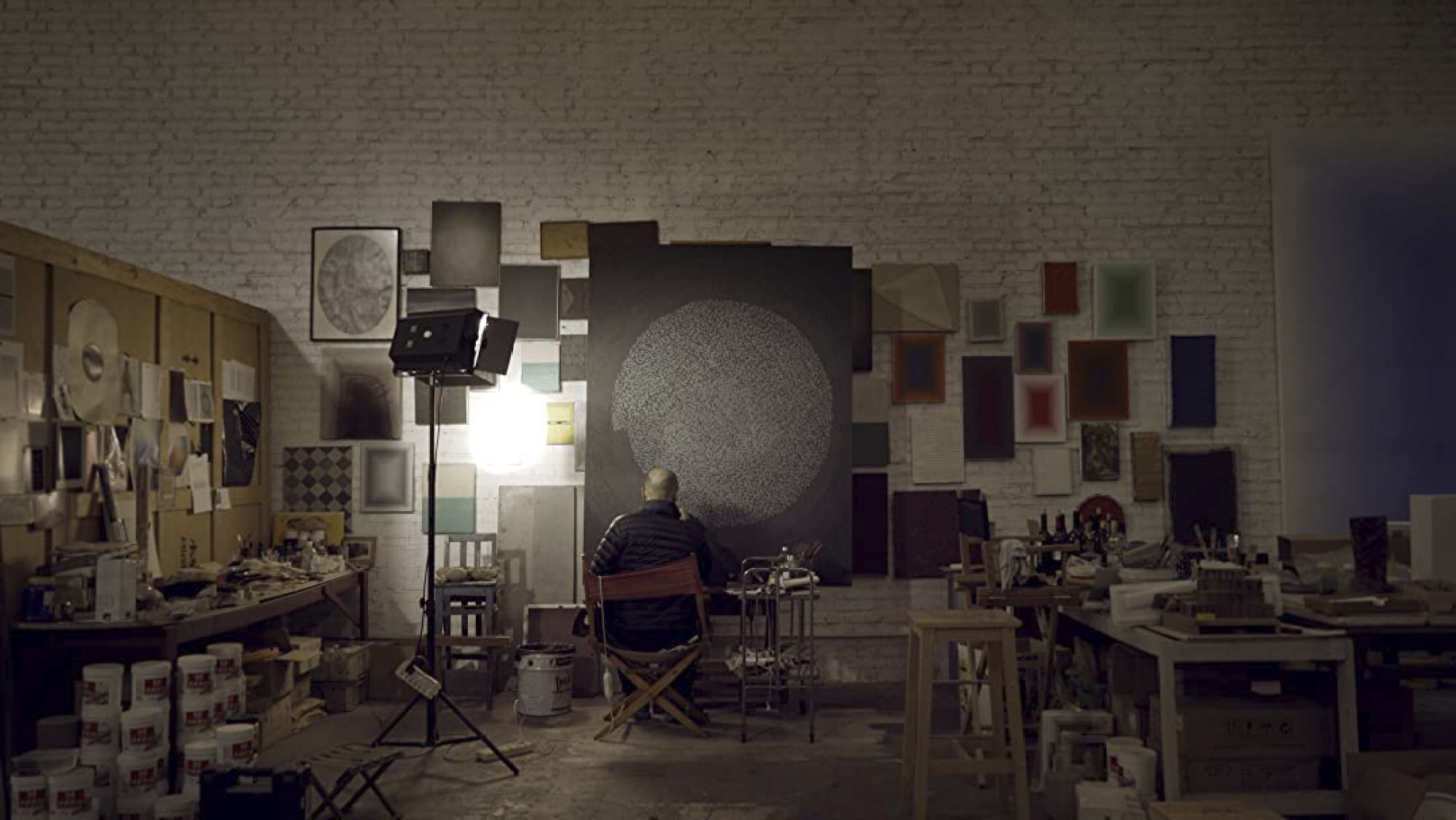
From Cai Guo-qiang’s fireworks to a Boston heist and more, art documentaries on Netflix, Amazon Prime, and BBC First
- The theft of paintings by Degas, Vermeer, Rembrandt and others from the Isabella Stewart Gardner Museum in 1990 is the focus of series on Netflix and BBC First
- Explore the growing power of the Asian art market in Taiwanese director Hsu Hao-hsuan’s documentary My Dear Art, available on Amazon Prime
If a picture is worth a thousand words then that seriously short-changes the art world’s big names, including fireworks king Cai Guo-qiang, the man behind the thunderous 2008 Beijing Olympics opening ceremony.
Two men impersonating police officers were early suspects; hovering over them, however, was the dread hand of the mafia. And although this investigation edges tantalisingly towards identifying who took the 13 artworks – including a 12th century Chinese gu, a bronze vessel – it doesn’t provide definitive answers.


But hold the bus! Following the same scent we have journalist John Wilson in (perhaps allowing for inflation?) The Billion Dollar Art Hunt (BBC First). Wilson’s analysis supports theories suggesting the haul (or at least part of it) found its way to Ireland.
What an FBI agent calls a “fugitive investigation” sends Wilson’s documentary back and forth between Boston and Dublin, with the missing paintings even likened to hostages. Telling clues and frustrating dead ends pile up on a trail that still, for now, leads back to empty frames on the Boston gallery’s walls.
In the meantime, the intrepid Wilson risks what could amount to a premature end to his inquiries when he proposes meetings with two of the most dangerous crooks implicated in the crime. The fact that neither cosy chat actually happens could explain why he lives to investigate another day.
If ever two disciplines were made for each other they are art and design – as recognised in Abstract: The Art of Design (Netflix). Two seasons span everything from the “art” that goes into the design of cars, shoes, costumes, bio-architecture and interiors to what might be more readily identified as “art”: the building blocks of typefaces, photography, graphics and sketches.
Those underpinning the last are examined in the company of German illustrator Christoph Niemann, who, in search of “the perfect formula for creating art”, dissects the nature of abstraction with reference to American culture and his magazine covers for The New Yorker.


But if this is to be the “Asian century” then the art world is sure to play a significant part in shaping public taste. Taiwanese director Hsu Hao-hsuan explores the growing power of the Asian art market in documentary My Dear Art, first shown as part of an Art Basel Hong Kong week and available on demand from Vimeo and Amazon Prime.











